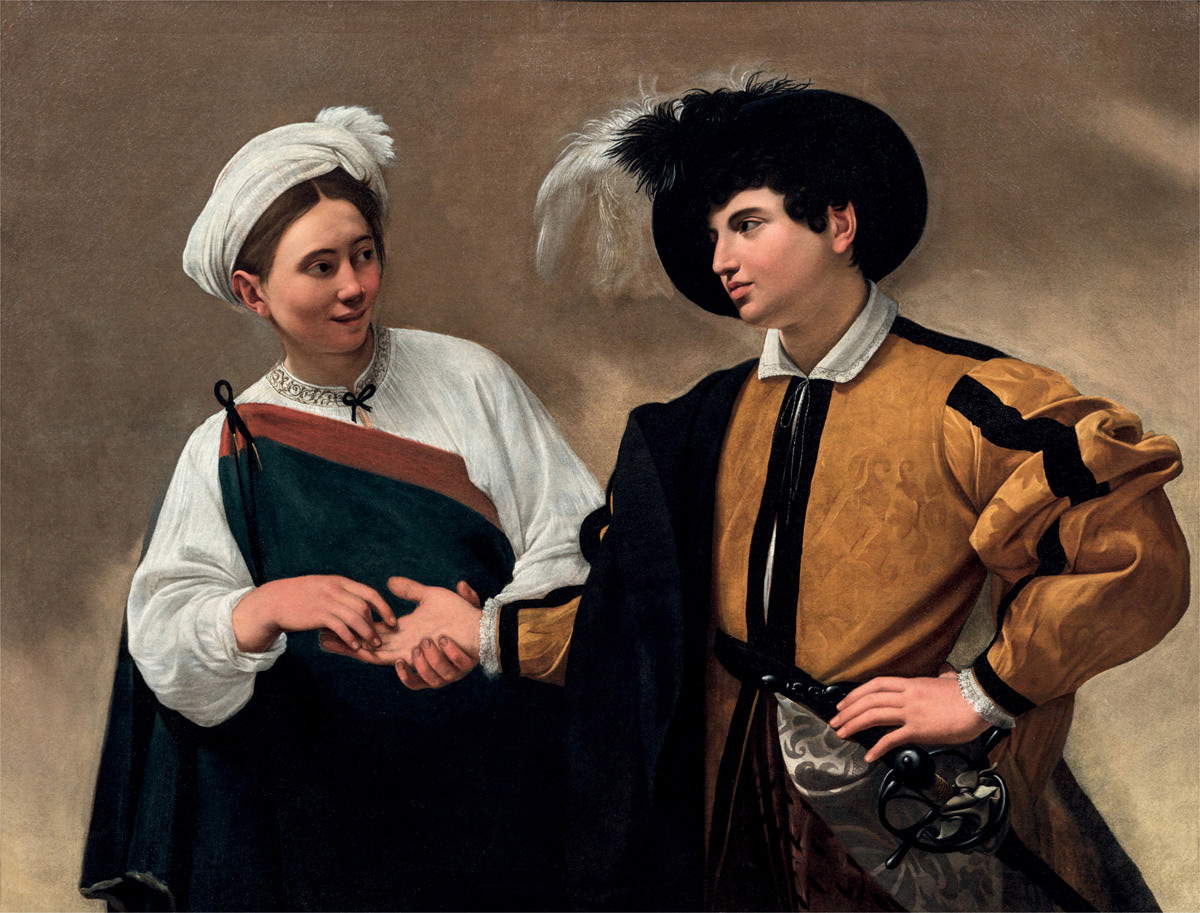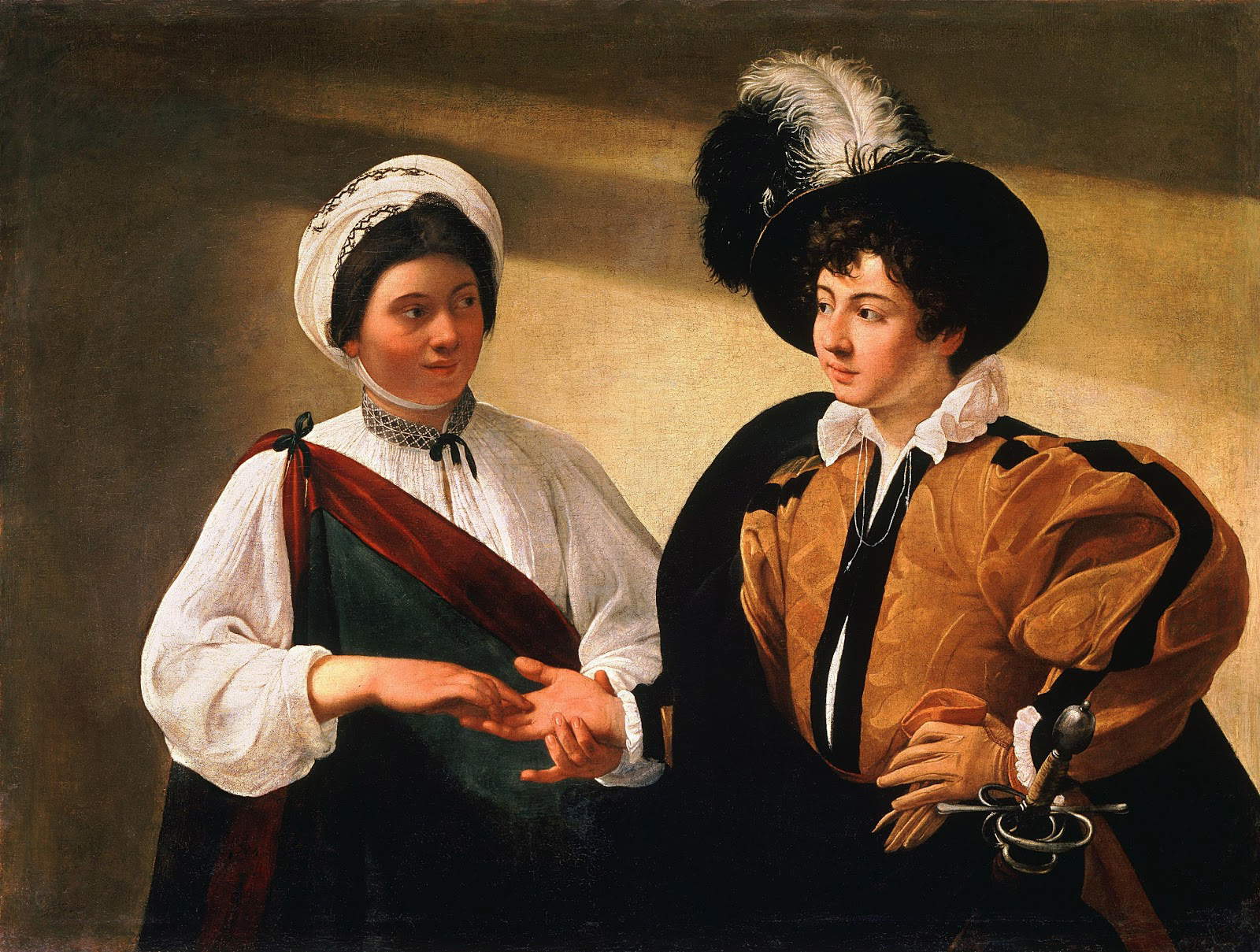It is well known that Michelangelo Merisi da Caravaggio (Milan, 1571-Porto Ercole, 1610) was able to enter the orbit of Cardinal Francesco Maria del Monte in Rome thanks to the interest of his friend Prospero Orsi delle Grottesche. The prelate (so says the recently discovered biography of Gaspare Celio) was looking for a young painter to paint copies, and Prospero introduced him to his Lombard friend, who was particularly needy in his early days in the Urbe. This confirms Merisi’s youthful aptitude for copying, as inferred from multiple historiographical accounts, and such a circumstance stimulates further reasoning on the thorny subject of replicas of his inventions, especially the earliest ones, one of the very intriguing issues that has long been addressed by Caravaggesque studies.
Not of all the paintings executed by Caravaggio are known coeval redactions: most of the copies from his works were produced between about 1610 and 1640, more or less from the time of his dramatic demise to the earliest signs of Baroque art. It has always been regarded as peculiar that relatively few contemporary copies exist of paintings executed by Merisi during the period he spent in Palazzo Madama at del Monte, which housed the artist he salaried there for a number of years: for example, until now of the Buona ventura, or Gypsy (preserved in the Capitoline collections and already documented ab antiquo in the cardinal’s collection until its sale at auction in 1628, the year following del Monte’s death) only two very late, that is, nineteenth-century translations were known: one on canvas of identical dimensions to the original, the other on copper 35 x 45 cm.
 |
| Michelangelo Merisi da Caravaggio, Buona ventura (The Gypsy) (c. 1596-1597; oil on canvas, 115 x 150 cm; Rome, Musei Capitolini Pinacoteca Capitolina) |
Historiographical citations regarding this particular iconographic Caravaggesque subject do not definitively resolve questions regarding the genesis of the work, a problem that is intertwined with the existence of another, equally autograph, and equally well-known version. This is the canvas preserved at the Musée du Louvre, which corresponds to the Caravaggio painting that, according to seventeenth-century historiographer Giulio Mancini, was owned by Alessandro Vittrice (or Vittrici), a relative of Prospero Orsi. Unfortunately, it has not yet been possible to fully clarify whether “the Gypsy” sold by Caravaggio for only eight scudi, mentioned elsewhere in Mancini’s manuscript, corresponds to the Monte version or the Vittrice version.
To complicate the whole matter in no small way, another version of Dalmonti’s Buona ventura, made in the same period and almost faithful from the point of view of composition, although smaller in size (92.5 x 120 cm) than the Capitoline original, now resurfaces, revealing some rather interesting technical and stylistic features. While waiting for further specialized investigation, at present it is possible to make known some of its peculiarities, which might prove useful for further investigation of the topic related to the so-called early Caravaggesque “doubles,” that is, those more or less faithful replicas of peculiar subjects such as the Boy Bitten by the Lizard, the Lute Player, the Medusa, the later St. Francis, etc.
 |
| Michelangelo Merisi da Caravaggio, Buona ventura (The Gypsy) (c. 1596-1597; oil on canvas, 99 x 131 cm; Paris, Musée du Louvre) |
 |
| from Michelangelo Merisi da Caravaggio, Buona vent ura (The Gypsy) (c. 1596-1597; oil on canvas, 92.5 x 120 cm) |
The rediscovered copy of the Capitoline Buona ventura appears to be rintelated, an intervention datable to the late nineteenth and early twentieth centuries. The support (a single piece of canvas with a density of about 7x8 threads/cm), was on the occasion slightly reduced throughout, in the order of about one to two centimeters folded over the new wooden frame. Probably on the same occasion the repainting (a kind of “strengthening”) of a large part of the flesh tones (the faces and hands of the gypsy woman and the young man with the feathered hat) were carried out, now strongly polymerized, thus penetrating into the depth of the pictorial material. The other parts of the painting, rather grainy and full-bodied, show no repainting, but are worn down by excessive cleaning that has also weakened many of the original surface finishes. Some color falls, due to mechanical abrasive actions and fortunately intervened in relatively insignificant areas, except for that affecting the space between the mouth and chin of the male protagonist, appear to have been plastered over in recent times and contextually reintegrated.
Quite singular appears to be the palette used on a reddish-brown preparation visible through some very minute gaps in the painting: it is characterized by ochre-based colors, lead white, copper-green and red lacquer in addition to black, hues very close to those of the Dal Monte-Capitolina Gypsy , although it should be noted that the woman’s cloak in the Roman work is blue and not green, however. In this sense, the rediscovered canvas shows more chromatic similarities with the Louvre version, with which it also roughly shares dimensions: in fact, the Parisian “Gypsy” originally measured 94 x 123 cm (it is currently 99 x 131 cm instead, following interventions that enlarged the canvas after its arrival in France in 1665).
The brushstrokes are fast and very fluid, in several parts revealing a very rapid type of drafting with some overlapping of color and some edges resolved with that technique now usually referred to as “a risparmio.” Certain spaces also turn out to be different from the corresponding ones in the Capitoline original: in the latter canvas the elbow of the feathered-hatted knight, for example, is visibly closer to the end of the composition, and there is no shortage of other slight variations in size in the details. It should also be noted that many of the finishes that were given with superficial glazes are now almost gone, for example in the embroidered collars and cuffs: in this regard it should be mentioned that some interesting traces of the marks of the forms engraved in the preparation are perceptible even to the naked eye, with the right supporting lighting (probably due to the considerable wear of the pictorial backgrounds), and, rather uniquely, the collar of the gypsy woman’s shirt not only has the double edges clearly defined by this type of engraving, but also theentire embroidery was executed in the same way, completely engraved on the base material, so much so that at present, the blackness of the decorative motif being almost completely worn away, it is visible almost entirely only thanks to the same engravings. As far as is known, there are no such details made by Caravaggio with the same particularity.
These indications could shed new light on the possibility that other artists active alongside Caravaggio in the Dalmontian “academy” in Palazzo Madama also used the same technical-stylistic methods as he did, making copies with the consent of the artist himself, as well as the cardinal. But other no less fascinating possibilities should not be overlooked, once all the peculiarities emerging from the rediscovered “Gypsy” have been investigated and verified with further attention: in fact, it cannot be excluded that we are in front of another of the not a few “doubles” of Michelangelo Merisi as a young man, when he most needed money and therefore deliberately replicated himself and his more successful subjects.
Warning: the translation into English of the original Italian article was created using automatic tools. We undertake to review all articles, but we do not guarantee the total absence of inaccuracies in the translation due to the program. You can find the original by clicking on the ITA button. If you find any mistake,please contact us.